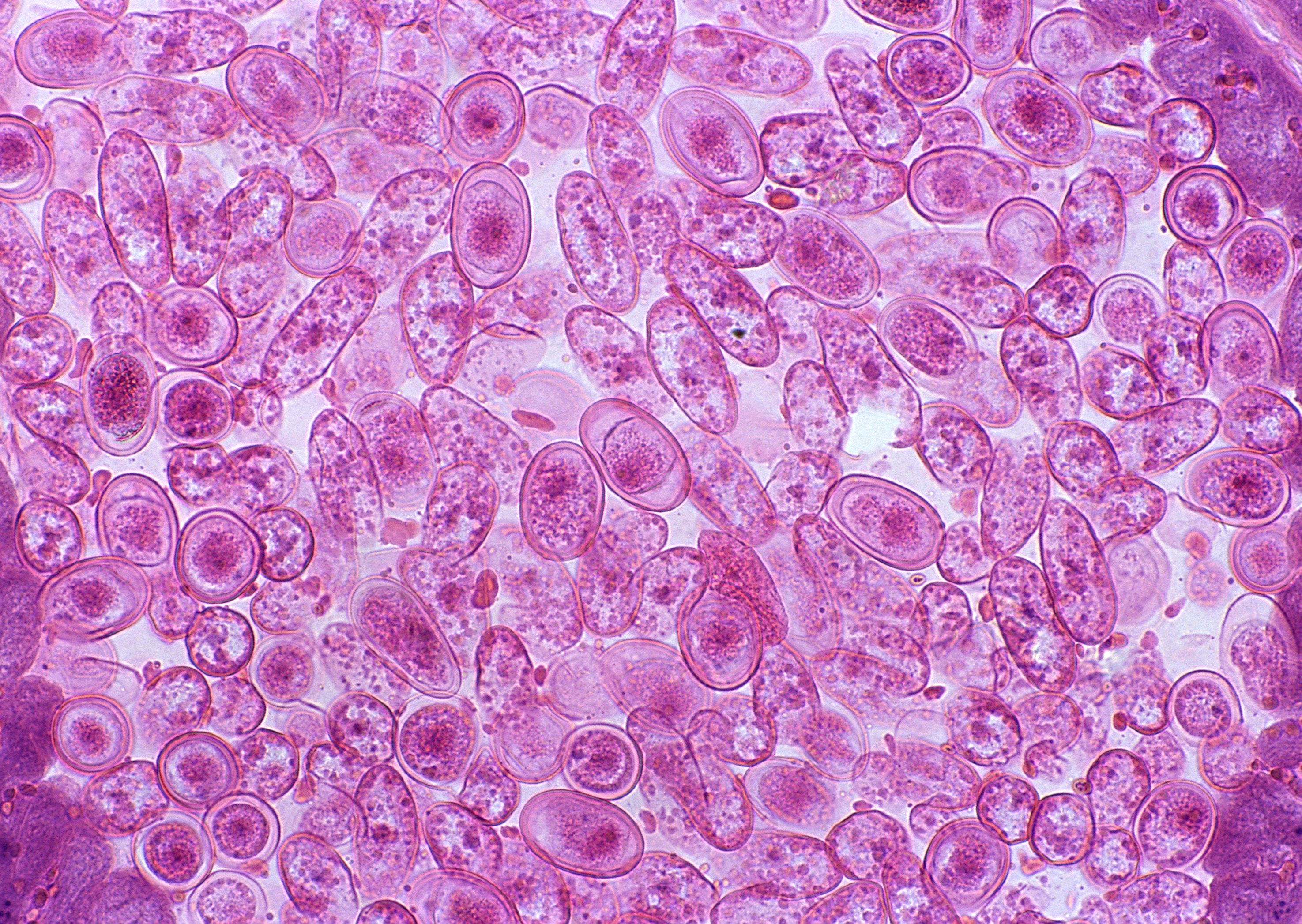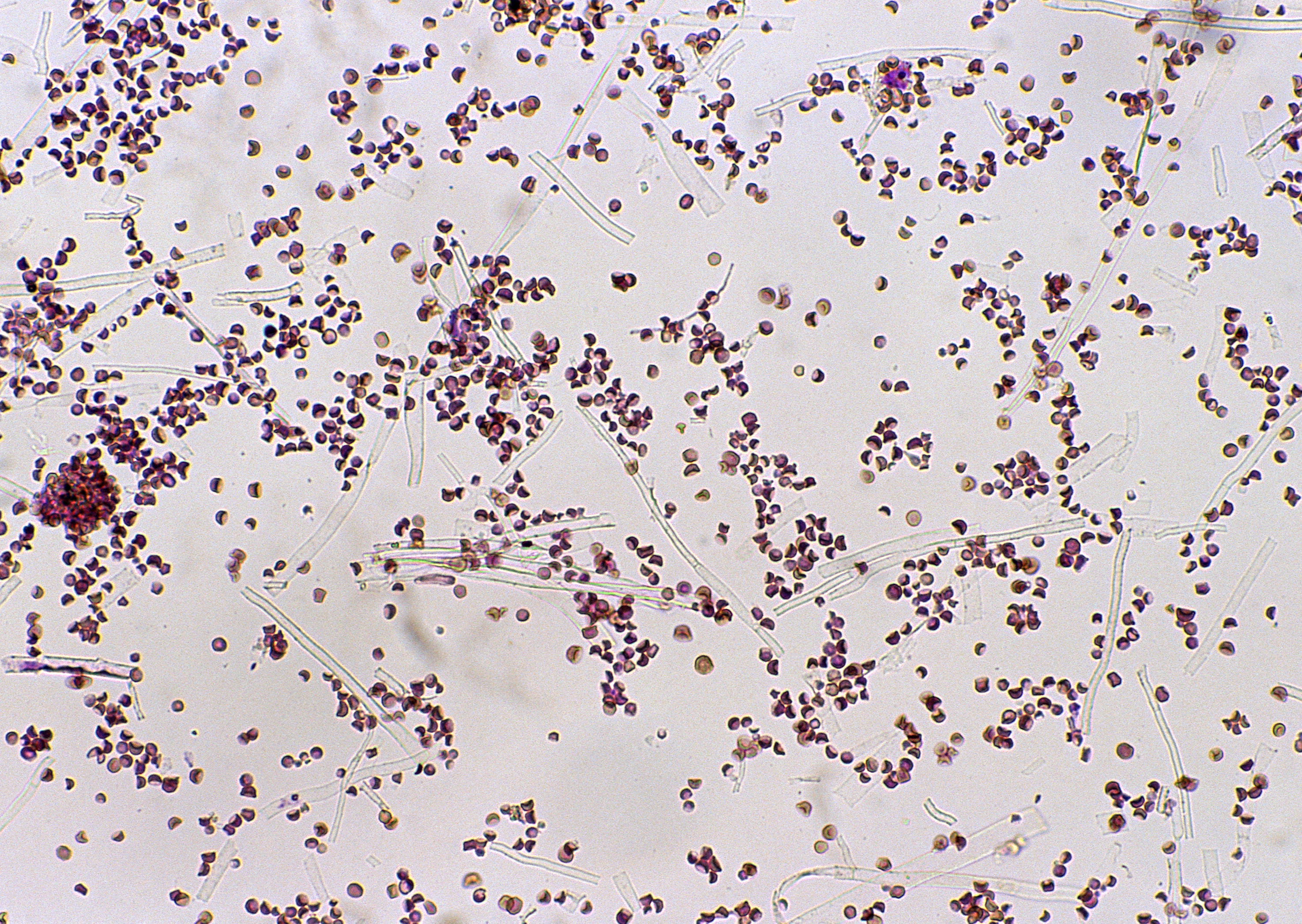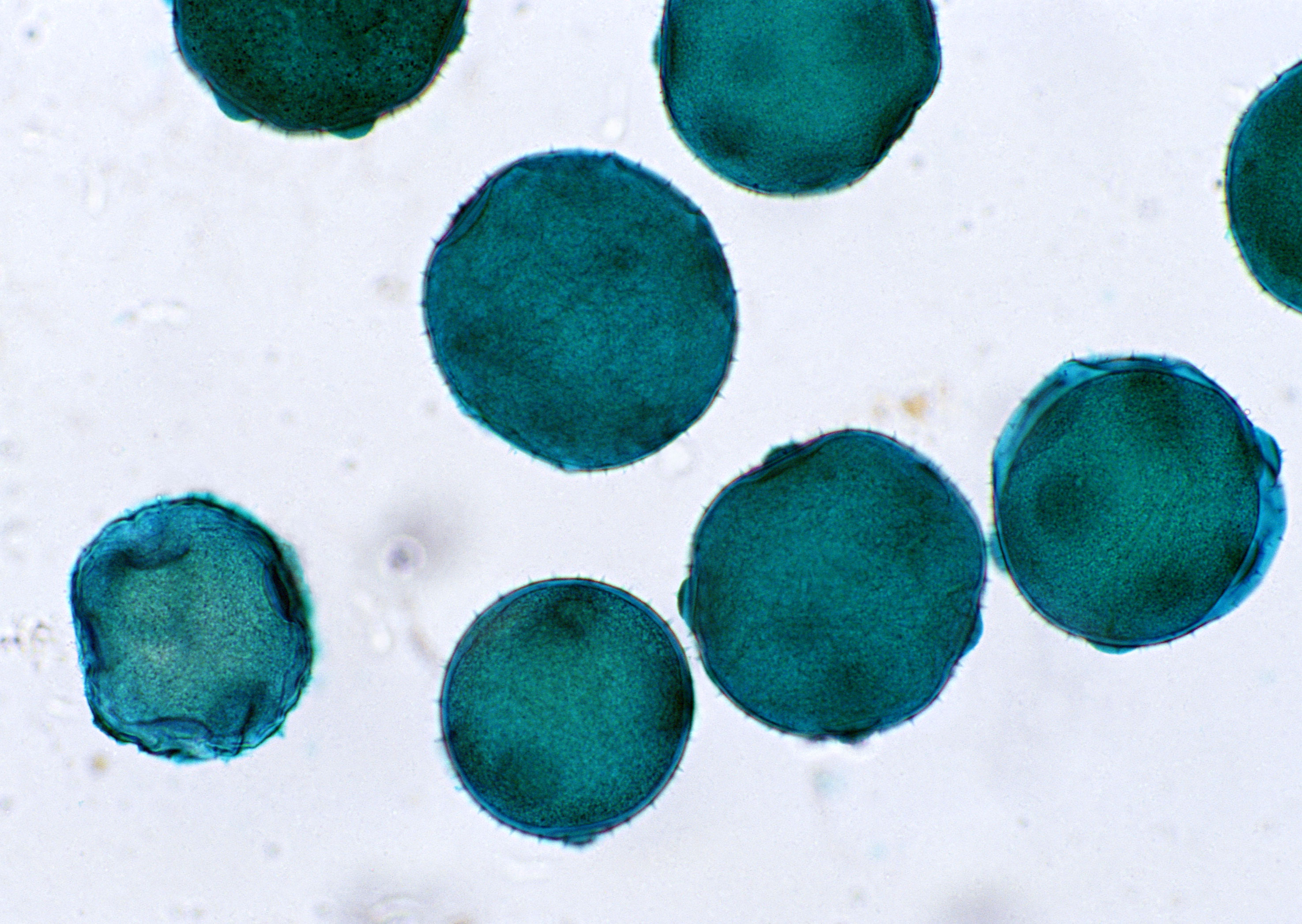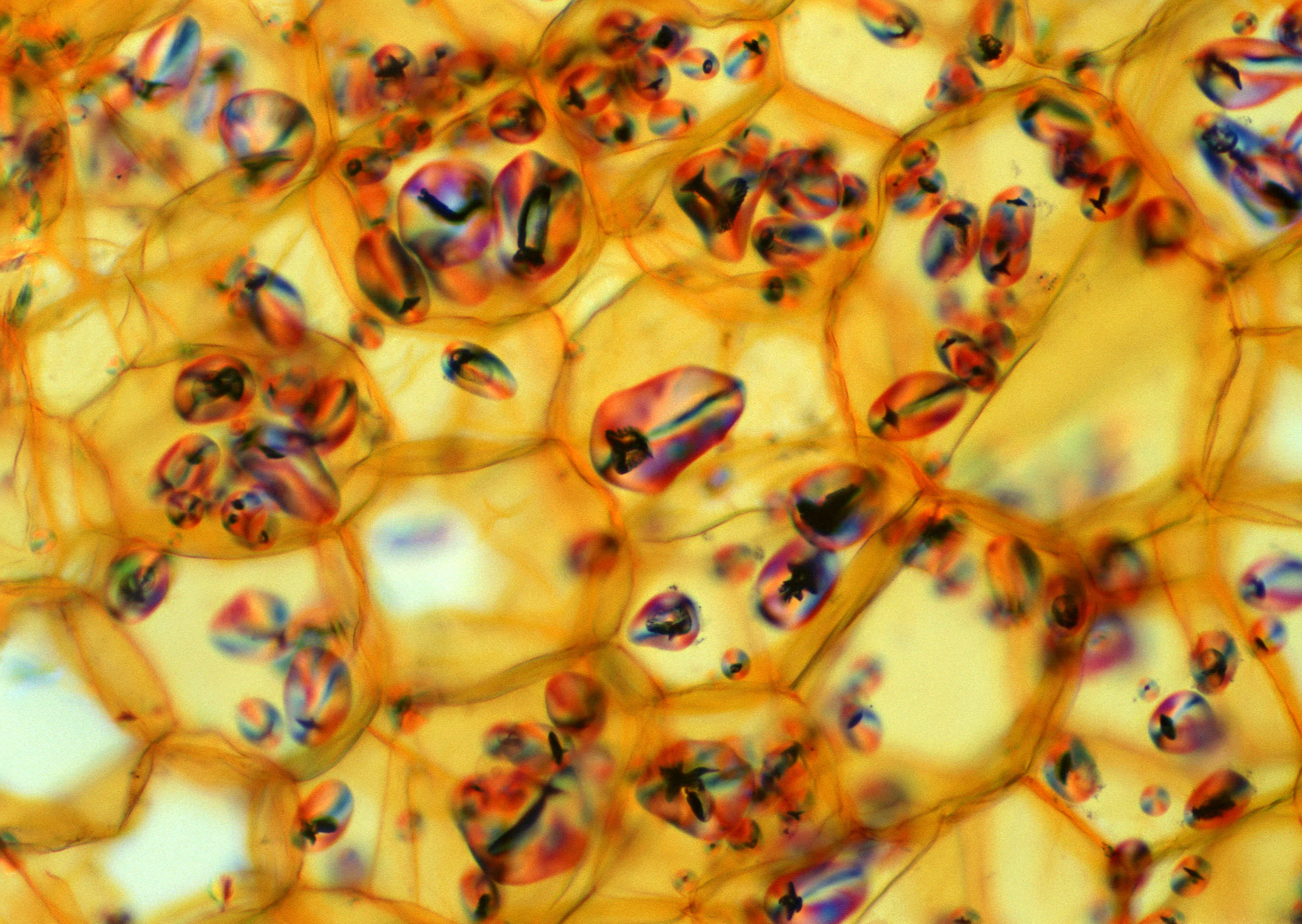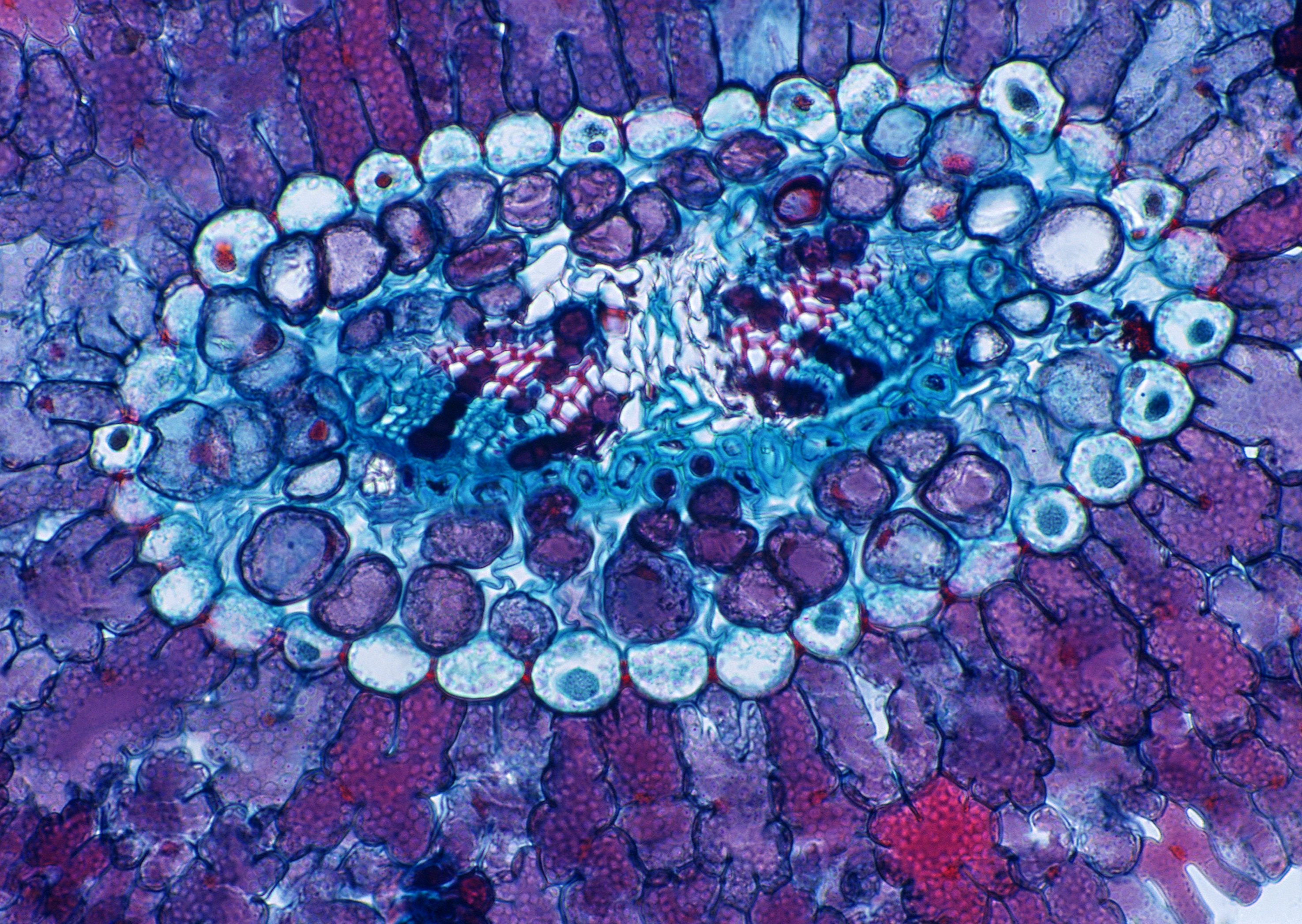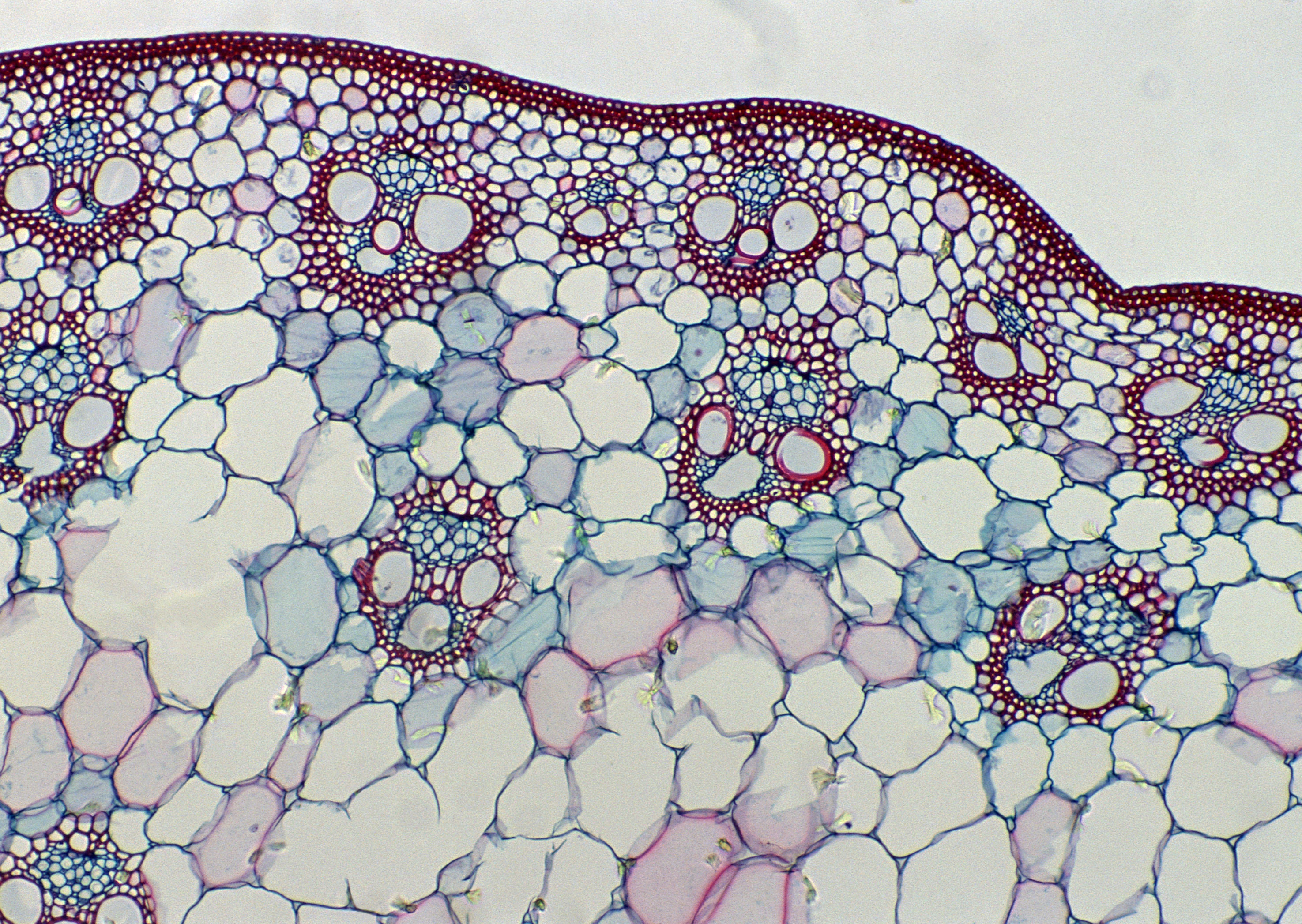Apoptosis
Apoptosis is an autonomous, genetically controlled, orderly death of cells to maintain the stability of the internal environment. Unlike necrosis, apoptosis is not a passive process, but an active one, involving the activation, expression and regulation of a series of genes, and it is not a phenomenon of autologous damage under pathological conditions, but an active death process for better adaptation to the survival environment. Apoptosis is a fundamental biological phenomenon of cells and plays a necessary role in the removal of unwanted or abnormal cells in multicellular organisms. It plays an important role in the evolution of organisms, the stability of the internal environment, and the development of several systems. Apoptosis is not only a specific type of cell death, but also has important biological significance and complex molecular biological mechanisms.
